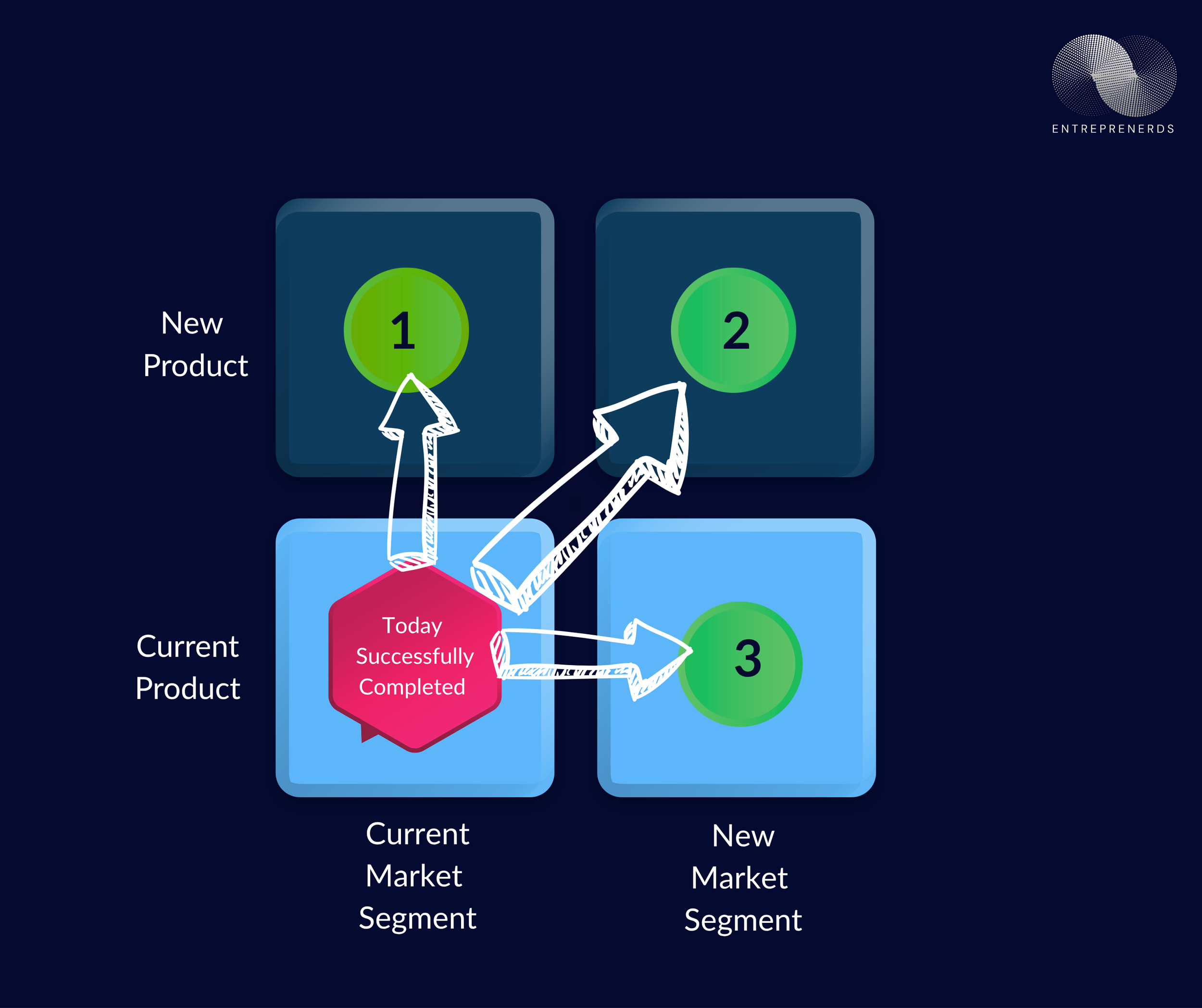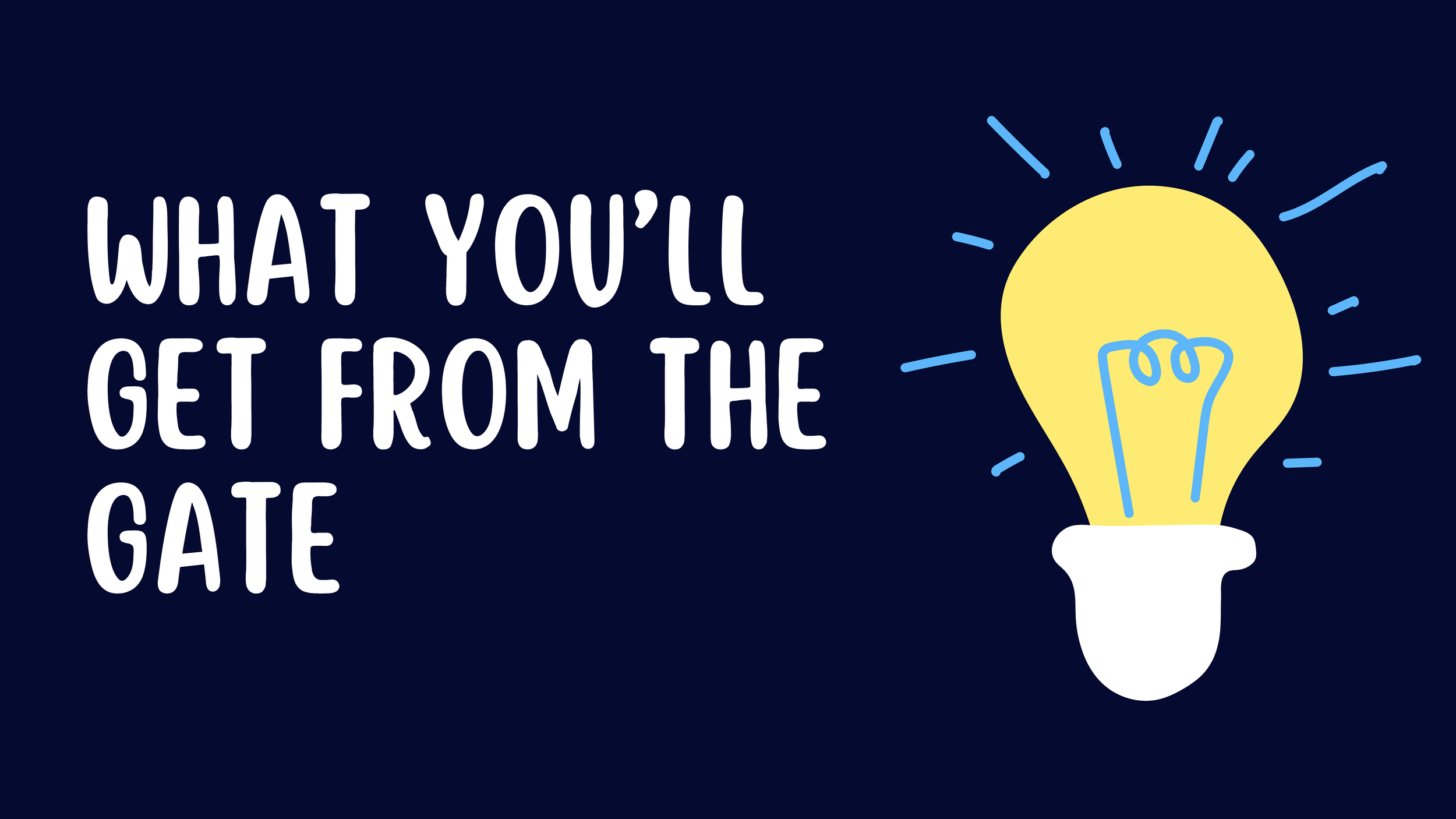Gate 5 : How to make money from your product
Gate 5 - Overview
Let’s Dig In!
How to Make Money from Your Product helps entrepreneurs move from building a solution to building a business by focusing on how to generate sustainable revenue. It guides them through four key steps:
1) Designing a business model that aligns with customer needs, value creation, competition, and internal capabilities
2) Setting a pricing framework based on perceived value, customer willingness to pay, and market dynamics
3) Calculating the Cost of Customer Acquisition (CoCA) to understand how much it costs to bring in a paying customer
4) Estimating the Lifetime Value (LTV) of a customer to ensure long-term profitability. Together, these steps provide a structured, data-informed approach to turning ideas into viable, revenue-generating ventures.
Gate Structure
The Gate is divided into several Keys ( Themes), each focusing on a specific aspect of entrepreneurship. Each Key includes readings, discussions, practical assignments, and business-related deliverables.
Themes you will cover
To achieve this, you’ll explore the following essential keys:
Key 1: Design a Business Model
Key 2: Calculate the Cost of Customer Acquisition ( COCA)
Key 3: Calculate the Lifetime Value (LTV) of Acquired Customer
Key 4 : Set the Pricing Framework
What is Required of You
The Gate is divided into several sections, each focusing on a specific aspect of entrepreneurship. Each module includes readings, discussions, practical assignments, and assessments.
How we support you
We will provide support throughout your learning experience. Your learning Success manager will be available to support you if you have any questions or need any help. You can also schedule one session with a mentor to discuss entrepreneurship questions related to this gate.
Delivery System
Concept Notes
Applications Exercises of each Theme
Videos Explaining Each Concept by Experts and Entrepreneurs
Webinars to discuss the themes with students
Thematic Interactive Discussion with the Learners
Peer Evaluation
Mentorship Session
Virtual Class
Assessments
Delivery Platform
The Gate is delivered through our online platform, Entreprenerds Space. Delegates can access the platform online or via their mobile app, allowing them to participate in the programme on the go, even offline.
Real-World Applications
These skills are critical for:
Designing revenue models in startup pitch decks
Making informed investment decisions
Launching digital products with pricing and sales strategy
Joining accelerator or incubator programmes
Performing unit economics analysis in consulting or VC internships
Evaluating product-market fit and sustainability
Badge 1: Business Model Architect
-
Skills
1. Business model selection
2. 4-Fit evaluation (Customer, Value, Competitive, Internal)
3. Hybrid model design
4. Business model validation
5. Business model vs pricing distinction
-
User Case
1. Designing how your startup will make money (e.g., SaaS, marketplace, freemium)
2. Choosing the best model for your customer and market fit
3. Combining elements (e.g. subscription + ads) for multiple revenue streams
4. Planning how to test model assumptions using real feedback
5. Making strategic decisions about how and how much to charge
Badge 1: Business Model Architect
-
Skills
1. Business model selection
2. 4-Fit evaluation (Customer, Value, Competitive, Internal)
3. Hybrid model design
4. Business model validation
5. Business model vs pricing distinction
-
User Case
1. Designing how your startup will make money (e.g., SaaS, marketplace, freemium)
2. Choosing the best model for your customer and market fit
3. Combining elements (e.g. subscription + ads) for multiple revenue streams
4. Planning how to test model assumptions using real feedback
5. Making strategic decisions about how and how much to charge
What you will get from the Gate
How to Make Money from Your Product
By the end of this Gate, learners will be able to:
Understand the role of a business model in capturing value and explain how it differs from a pricing strategy.
Identify and compare different business model types (e.g., subscription, one-time charge, freemium, usage-based) using customer, value, competitive, and internal fit criteria.
Select a business model that best aligns with their product, customer segment, and market dynamics.
Develop an initial pricing framework based on perceived customer value, pricing psychology, and competitive benchmarks.
Estimate their Cost of Customer Acquisition (CoCA) by identifying and calculating relevant marketing and sales costs.
Calculate the Lifetime Value (LTV) of an acquired customer using projected revenue, margin, retention rates, and discounting.
Evaluate the relationship between LTV and CoCA to assess the financial viability of their venture, aiming for an LTV/CoCA ratio of 3:1 or greater.
Recognise key levers to improve profitability, such as increasing retention, reducing acquisition costs, or enhancing gross margins.
Formulate data-informed hypotheses and validation plans to test their business model and pricing in the real world
What you’ll get from the gate
At this stage, your business has progressed from a promising concept to a viable, revenue-driven venture with the potential to scale. You now have:
A clear business idea and mission
A well-defined customer base and focused market strategy
A validated sales and customer acquisition process
A business model and pricing structure ready to generate sustainable revenue
Financial insights into what it costs to gain and retain customers—and what each is worth to your venture
You're no longer just building a product. You’re building a business.


